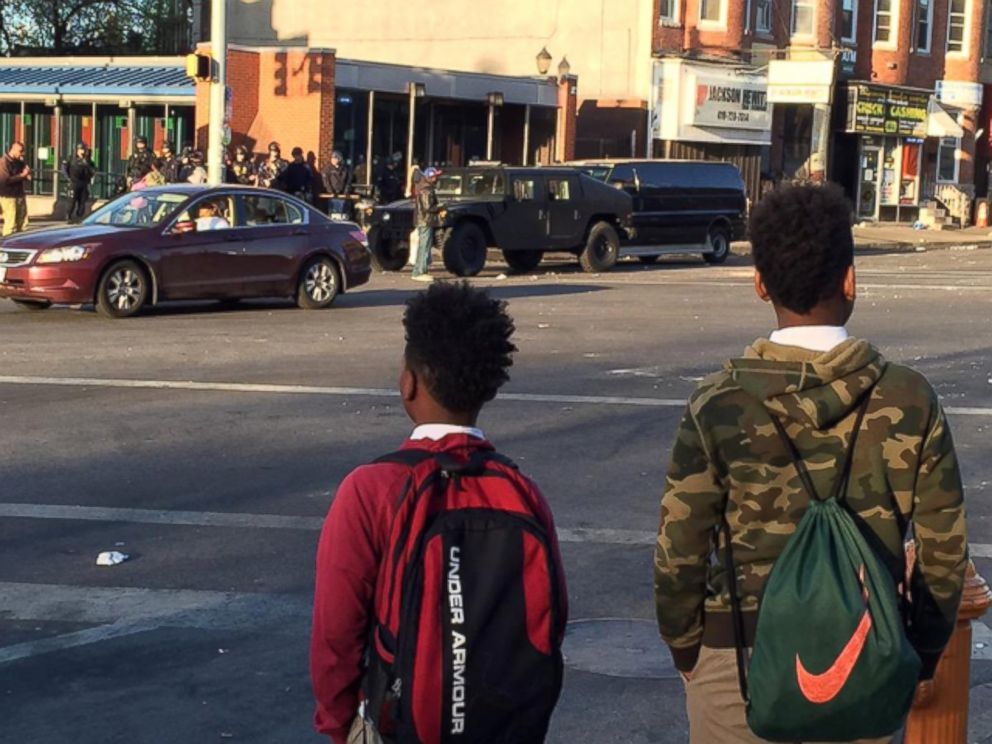Inside Baltimore Schools Struggling Beyond Riots
Students returned today to the same entrenched challenges.
— -- The economic and racial divisions that have come under scrutiny in Baltimore this week play out daily for 85,000 public school students, who returned to classes this morning after civil unrest cost them a day of school that officials hope to salvage one way or another.
“It’s beyond a teachable moment,” a Baltimore City schools spokeswoman told ABC News today. “We’re using it to help kids process the events that are affecting their communities and families to try to provide emotional well-being.”
These students, 82.7 percent of whom are African-American, face a host of entrenched challenges, the least of which is the violence that disrupted their studies Tuesday.
The vast majority, 84 percent, are low-income, based on their eligibility for free or reduced-price meals, according to the Baltimore City Schools website.
Also, in the 2012-2013 school year, the most recent year for which city data is available, 2,716 students were identified as being homeless, double the number in 2008.
The spokeswoman said individual schools dedicate resources to providing yellow buses and even cabs to shuttle homeless students to their schools, but she could not immediately provide specific expenditures.
A local pastor says city taxpayers take a significant hit for such services.
“In Baltimore, the homeless population of school kids is so large that the superintendent had to secure $5,000,000 to pay for cab fares,” Bishop Walter Thomas, whose church has helped homeless students in the past, told ABC News.

Besides conditions in school, experts say, the lack of affordable housing and family and community support are among the obstacles that contribute to the downward spiral.
"The problem is that it’s not just the education system that's not up to speed, it's the fact that there are no jobs and so people are very discouraged and may not even have the right incentives to stay in school and work hard in school given the lack of jobs," Isabel Sawhill, senior fellow at the Brookings Institution, told ABC News today.
The city's economic disparity between teenagers is also clear when examined by race, as 27.5 percent of black 16- to 19-year-olds are unemployed, versus 15.8 percent of their white counterparts, according to the Labor Department.
Now, as relative normalcy is returning to the city even though thousands of national guardsmen are still patrolling the streets and a citywide curfew remains in effect through the end of the week, students and teachers are trying to get back to their routines.
School officials have given teachers background reading materials and lesson plans focused on social justice to address directly any questions that stem from Monday’s riots after the funeral of a Baltimore man who died with an unexplained spinal injury he suffered after police took him into custody.
But that's just the beginning.
"What happened in Baltimore is a symptom of an economy that no longer has a place for less-educated young men," Brookings' Sawhill said, "and a school system that isn't doing as much as it could to prepare them for work."